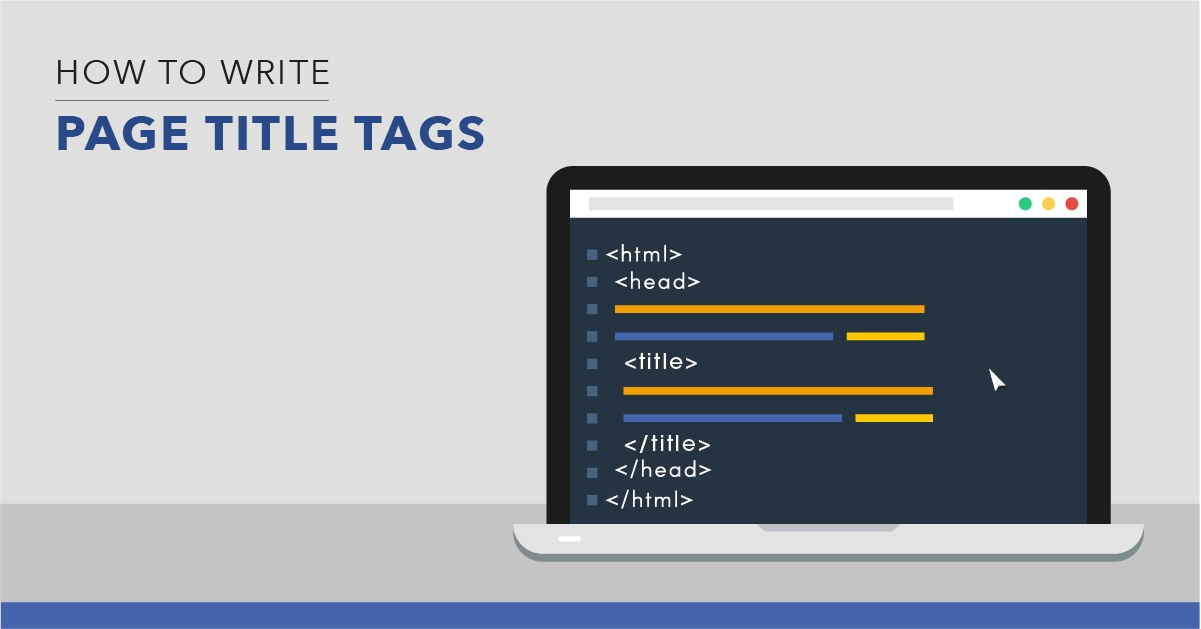“So, what is an HTTP status code?” you may be wondering. Well, let’s back up two steps. First of all, Hypertext is the backbone of the Internet. Hypertext is structured digital text that contains (hyperlinks) within the text between nodes that contain another hypertext.
Well HTTP is Hypertext Transfer Protocol, and it is the standardized protocol for computers to exchange or transfer hypertext across a distributed information system. Think of it like all the rules of the road that drivers know to follow when they’re behind the wheel: Stop here, yield there, follow this speed limit, stay within these lines, (etc.).
Well, the “road signs,” “street lights,” and “turn signals” of the Information Superhighway are HTTP response status codes for common applications of HTTP. They are three-digit codes that fall under 5 broad categories with the first digit of each code denoting the category:
- 1xx Informational responses
- 2xx Success
- 3xx Redirection
- 4xx Client errors
- 5xx Server errors
The status codes are returned by servers in response to requests from other nodes that indicate the status of a relevant web element.
Important HTTP status codes for SEO Best Practices
200 OK
The 2xx class of status codes signals that the action requested by the client node was received, understood, accepted, and successfully computed by the server.
200 OK is a specific standard response for successful HTTP requests. The actual response will depend on what kind of request was used.
For a GET request, the response will contain the requested information for the client computer. For a POST request, the response will contain an update on the result of an action taken. 200 OK is considered the correct status code in most cases.
301 Moved Permanently
A 301 status code is used when a page is permanently moved to another location, referred to as a 301 redirect. Users will now see the new page as it has replaced the old page. This will change the URL of the page when it shows in search engine results. For websites hosted on servers that run Apache, website developers or owners need to access the .htaccess file within the server. If your site is hosted on a server running other software, check with your hoster for more details.
302 Moved Temporarily
A 302 redirect is a temporary change and redirects users and search engines to the desired page for a limited amount of time until it is removed. It may be shown as a 302 found (HTTP 1.1) or moved temporarily (HTTP 1.0). A 302 redirect can be done using meta tag or Javascript, rather than accessing server files and expending additional time and effort needed for a 301 redirect.
404 File Not Found
The server has not found anything matching the Request-URI. No indication is given of whether the condition is temporary or permanent. This should occur any time the server can’t find a matching page request. Often times webmasters will display a text 404 error but the response code is a 200. This tells search engine crawlers that the page rendered correctly and many times the web page will get erroneously indexed.
503 Service Unavailable
Many times you see the Service Temporarily Unavailable (sometimes Out of Resources) message when there’s a temporary overload on the server, or when it’s going through a scheduled maintenance. The 503 error code means that the web server is currently not available. This is usually a temporary condition that will be resolved after some delay.





